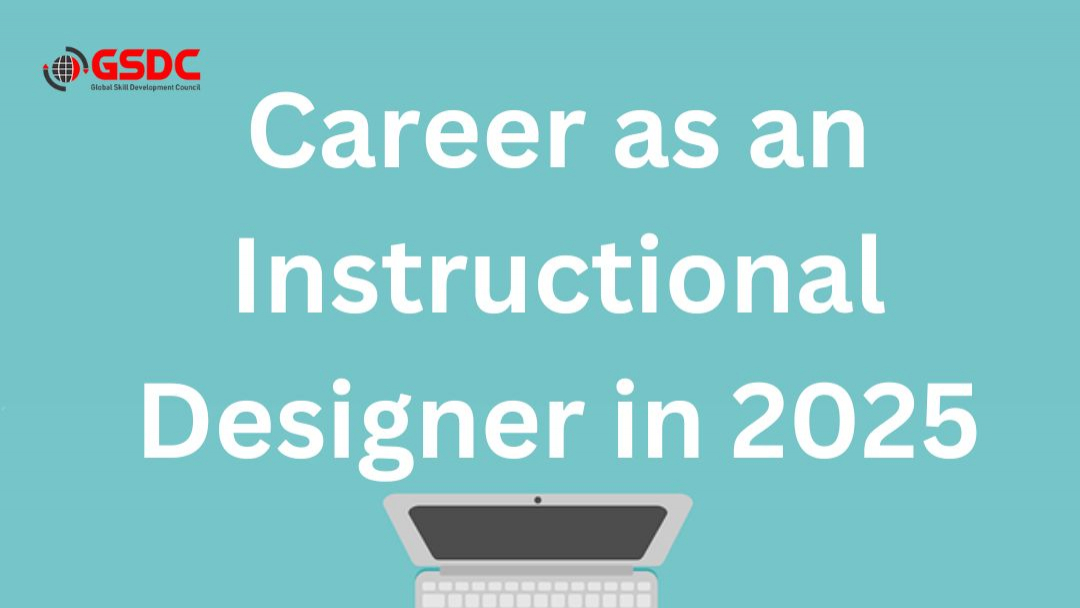In 2025, Starting a career as an Instructional Designer is an exciting journey for anyone passionate about creating engaging learning experiences. This guide outlines the essential steps, from understanding the role of an Instructional Designer to gaining the skills required and navigating the job market. You’ll learn about the importance of instructional design in education, practical tips for getting started, and the value you can bring to learners and organizations.
How to Start Your Career as an Instructional Designer
Are you passionate about education and technology? Do you enjoy designing engaging and effective learning experiences? If so, a career as an Instructional Designer might be the perfect path for you. Instructional design has become a cornerstone in education and corporate training, making it a high-demand field with ample growth opportunities. Here’s a step-by-step guide to kickstart your journey.
Step 1: Understand the Role of an Instructional Designer
Before diving in, it’s important to know what an Instructional Designer does. Instructional Designers create learning materials, such as eLearning courses, training manuals, and instructional videos, tailored to meet the needs of learners. They leverage psychology, design principles, and technology to ensure content is engaging and effective. Instructional design in education plays a critical role, enabling educators to deliver impactful lessons that cater to diverse learning styles.
Step 2: Develop the Necessary Skills
To succeed as an Instructional Designer, focus on building these core skills: Educational Theory: Understanding how people learn is crucial. Research learning theories like constructivism and behaviorism. Technical Proficiency: Familiarize yourself with authoring tools like Articulate Storyline, Adobe Captivate, or Canva. Design Skills: Learn about visual design and user experience (UX) to create aesthetically pleasing and intuitive content. Communication Skills: Collaboration with educators, subject matter experts, and stakeholders is a key part of the role. Many aspiring Instructional Designers opt for specialized certifications or degrees in instructional design, education technology, or related fields to build these competencies.
Step 3: Gain Experience Practical experience is invaluable.
Start by: Freelancing: Offer your services to small businesses or nonprofits. Internships: Look for internship opportunities in corporate training or educational organizations. Portfolio Building: Create a portfolio showcasing diverse projects to demonstrate your skills to potential employers. Highlight projects that involve instructional design in education, as this demonstrates your ability to adapt learning solutions to real-world scenarios.
Step 4: Leverage Networking and Job Search Platforms
Once you’re ready, use professional networking sites like LinkedIn to connect with others in the industry. Join forums and groups dedicated to Instructional Designers to stay updated on trends and job opportunities. Tailor your resume and cover letter to showcase your skills and experiences, emphasizing your knowledge of instructional design in education if relevant. Step 5: Stay Updated and Continue Learning Instructional design is a dynamic field.
Stay ahead by learning emerging technologies like virtual reality (VR) and gamification in learning. Continuous learning not only enhances your skills but also positions you as a valuable asset to organizations. Instructional Designer opens doors to creativity, innovation, and meaningful contributions to education and training. With the right skills, determination, and strategy, you can make a lasting impact in this rewarding field.









